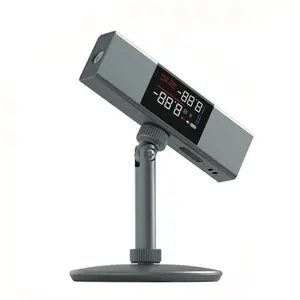Popular in your industry



























































About 50kw resistive load bank
Understanding 50kw Resistive Load Banks
A 50kw resistive load bank is an essential device in the realm of power system testing, designed to provide an electrical load to simulate real-world demands on systems. This category of load bank is specifically engineered to support a 50-kilowatt capacity, making it suitable for a variety of applications, from testing generators to verifying electrical systems.
Types and Applications
There are several types of load bank testing equipment, but the 50kw variant is particularly versatile. It's commonly used in the testing of power sources such as UPS systems, turbines, and generators. Its application ensures that all systems can handle designed load capacities in real operational conditions.
Features of 50kw Load Banks
The 50kw load bank comes equipped with features that facilitate ease of use and precise testing. These include adjustable load elements that allow for incremental control of the electrical load, and safety mechanisms to prevent overheating and potential damage to the unit or the system being tested.
Materials and Construction
Durability is key in the construction of a resistive load bank. High-grade materials such as stainless steel are used for the resistive elements, ensuring longevity and reliability. The enclosures are typically designed to withstand harsh environments, making them suitable for both indoor and outdoor use.
Advantages of Using a 50kw Resistive Load Bank
Utilizing a 50kw load bank for system testing offers numerous advantages. It provides a consistent and controllable load, allows for performance testing under full load conditions, and helps in identifying potential operational issues. Moreover, it aids in the calibration of control systems and ensures that all components are functioning correctly.
Selecting a Suitable Load Bank
When selecting a resistive load bank, it is crucial to consider the specific requirements of the system to be tested. Factors such as the load bank's capacity, portability, cooling mechanisms, and connectivity options should align with the intended testing protocols and environments.















